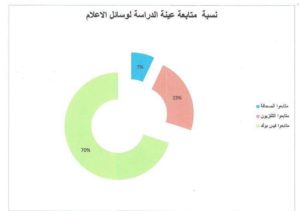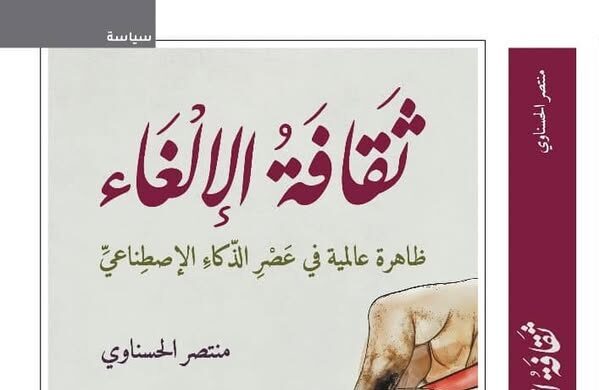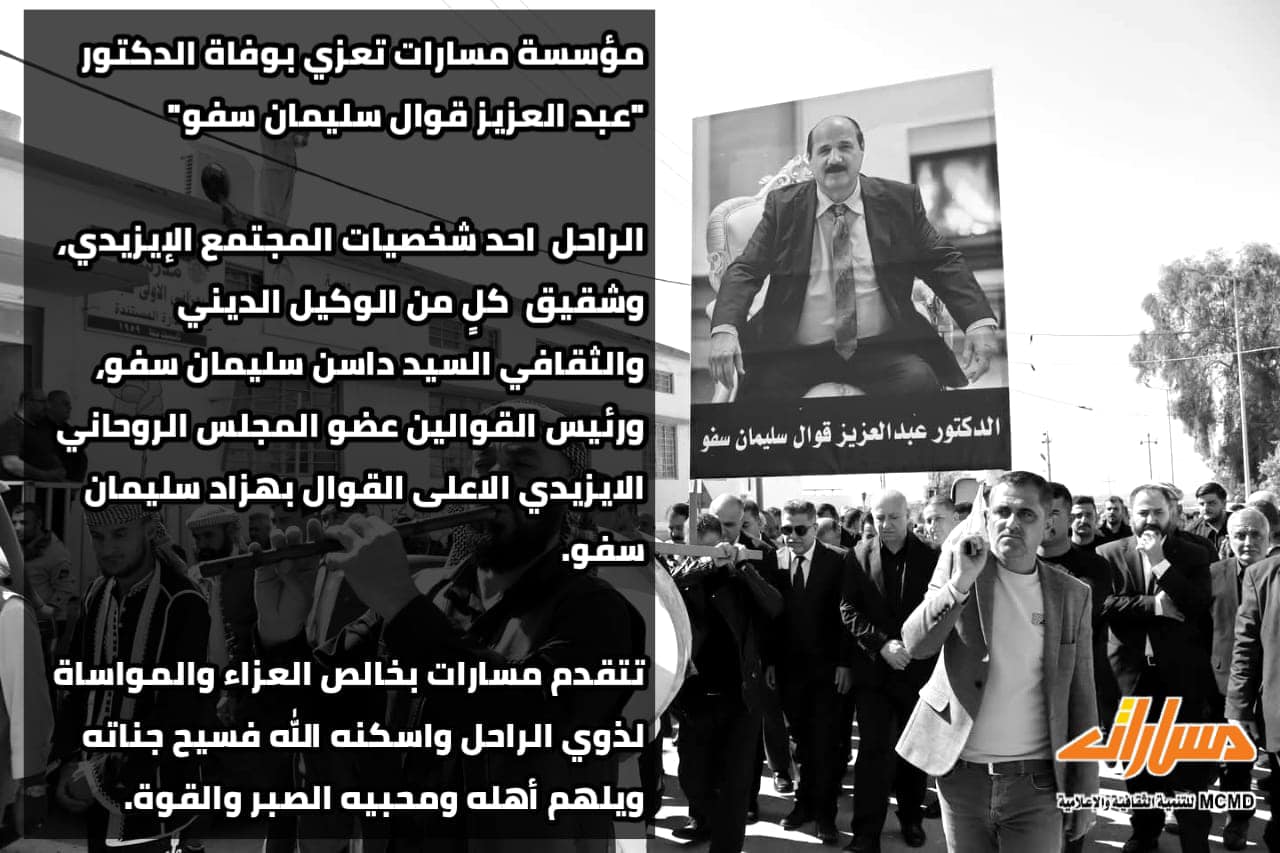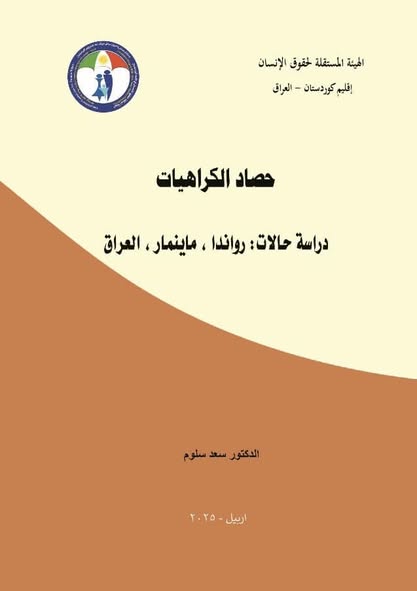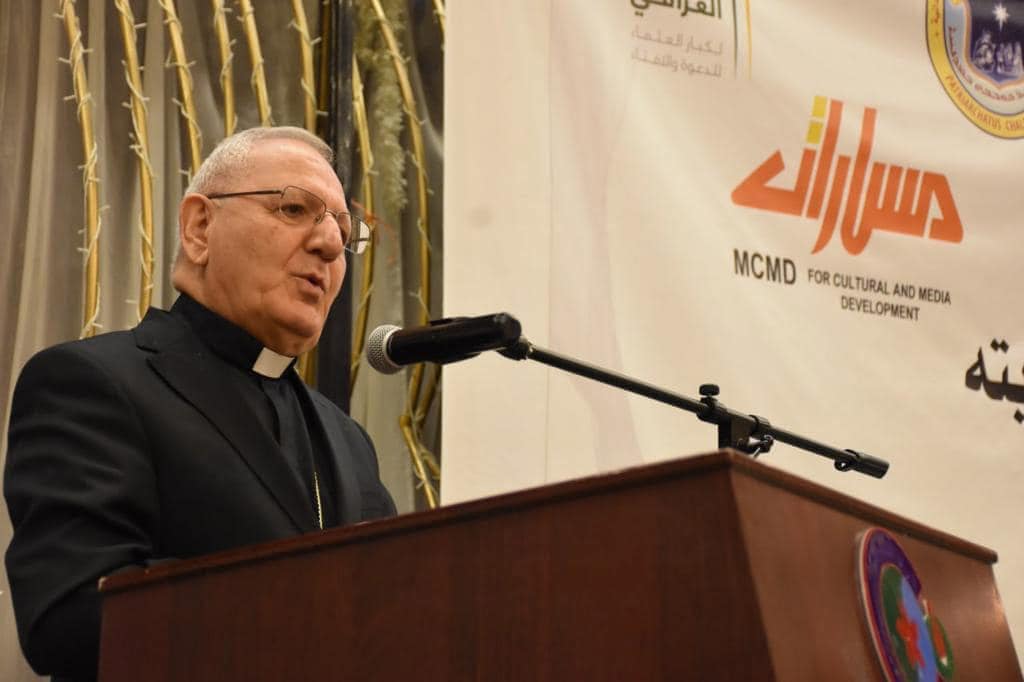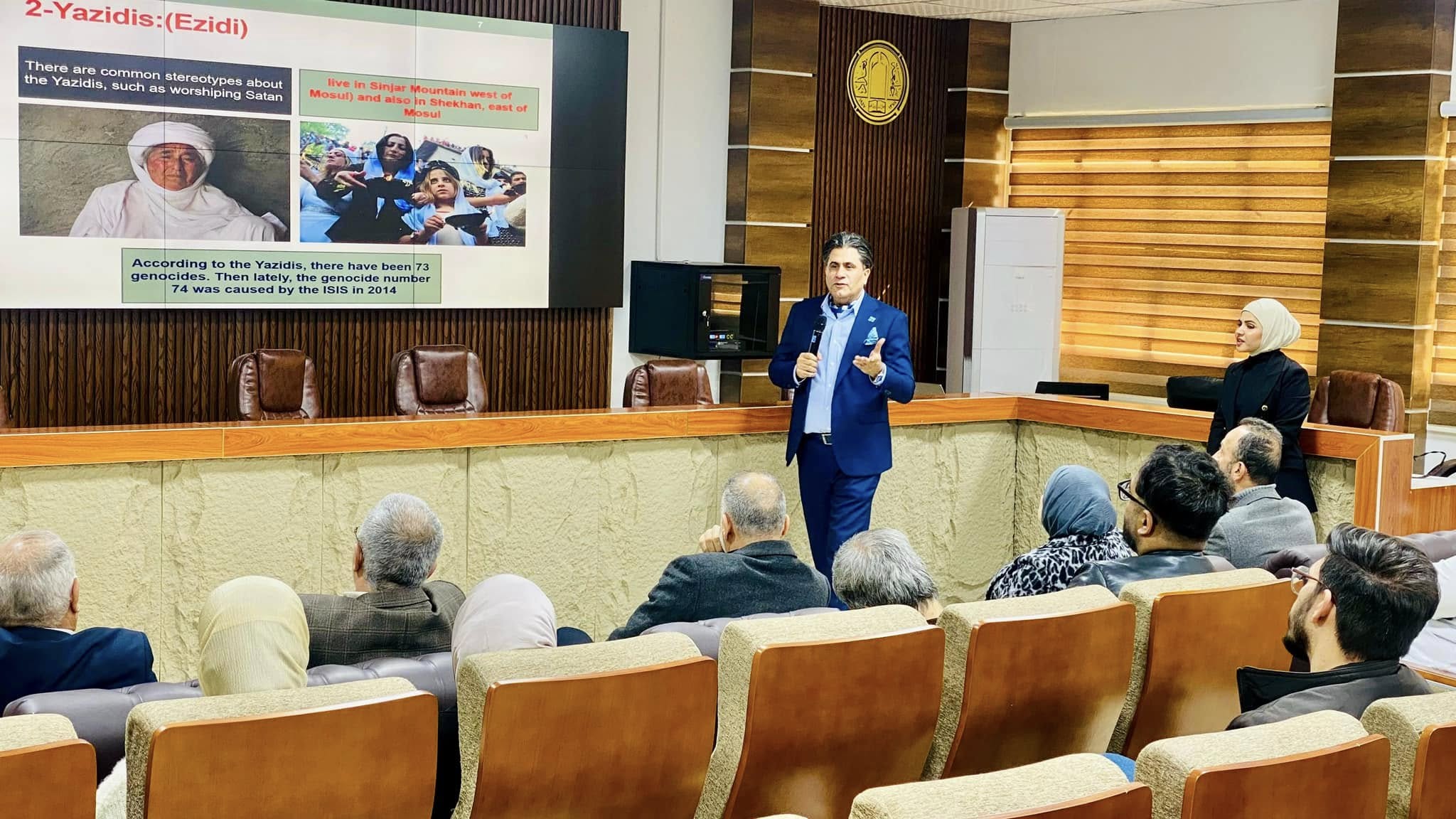A recent questionnaire conducted by MASARAT Institution for Cultural and Media Development indicated that the followers of printed press in Iraq noticeably retracted before the Facebook as no more 7% of the entire country and 1% in KRG showed that they follow printed press. TV followers were 23% nationwide and 21% in KRG. Amidst this decrease, the questionnaire indicated the attraction of the research population to the social network of Facebook with a percentage of 70% nationwide and 78% in KRG. Commenting on these results, Dr. Saad Saloom, General Coordinator of MASARAT said that “this is a proof that the social media has become a dominating and open virtual space to exchange ideas and spread them among individuals in a way that demolished the authority of conventional media. This urges us to think and reconsider our strategy of using the media in civil campaigns and initiatives with more focus on the social media.” In the same regard, civil activist Yasir Salih said that such results indicate the decrease in the interest in the printed press in Iraq is not isolated from a similar worldwide phenomenon due to the speedy pace of technological and electronic development witnessed in this century in general. As for journalism, Salih added, “the absence of the journalistic efforts, and the absence of the accurate information, and the failure in keeping up with the international advancement in this field led to the retreat in the level of printed press in Iraq, and subsequently led to the abstention of the citizen from following up this media. Social media networks provide the privilege of communicating and contacting with other easily and immediately, and this privilege makes people more interested in these websites in comparison with TV and newspapers. Self-expression in the social media networks is not available in the users of printed press and TV followers. This pushed the people to Facebook and other networks.
It is worth stating that this questionnaire is part of Combating Hate Speeches Project in Iraqi media, and it is expected to publish the results of its analysis soon after completing it, and monitoring the programs and channels identified by the percentages of the questionnaire.
